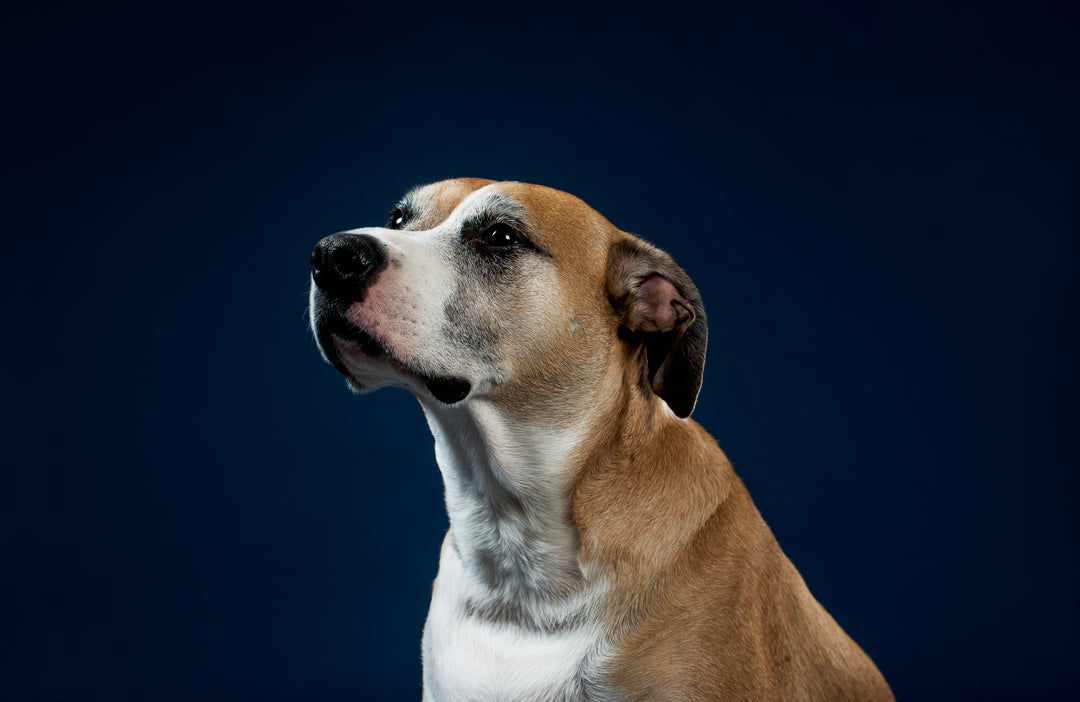
Canine Allergy *
- Fast, Same Day Dispatch
- Earn Pooch Perks
- Eco Friendly Packaging
- 100% Secure Payment
- Low stock - 1 item left
- Backordered, shipping soon
SHIPPING
Interstate orders will be processed and dispatched within 2 business days
All our standard and express shipping is sent via Australia Post.
At checkout you will be given 2 options of shipping - Australia Post Parcel Post or Express.
Your shipping charge will be calculated upon the service you select and the weight of your order.
Please note:
Darwin is outside of the Express zone so delivery times once dispatched are 2-3 working days for Express Post and 10-14 days for Parcel Post.
CLICK & COLLECT
Available at our Darwin Store
Place your order online and collect from our Woolner store.
Processing times for all 'Click & Collect' orders will vary depending on the time your order is placed.
38 Bishop Street, Woolner NT
Mon-Fri 09:00 - 17:30
Saturday 09:00 - 16:00
Sunday - Closed
Local Delivery
Darwin, Palmerston & Rural Area
We provide free local delivery for orders over $60 within Darwin City, Northern Suburbs, Palmerston & Rural area as far as Humpty Doo and everywhere in between.
Delivery is available on Tuesdays and Fridays between 2:30pm and 6pm. Please contact us if these times will not work for you.
At checkout you can choose your day - we need you to be home at this time to take delivery of your order or have a pre-arranged safe place/freezer to leave your goods.
Bulky / Oversize items
Parcel post and express shipping exclude bulky items and dry goods over 5kg. Excluded products will be highlighted in your shopping cart.
If your order contains a bulky item you will be requested to provide us your contact details and we will obtain a freight cost for you.
Payment
We accept the following payment methods:
- Credit or Debit Card - Visa and Mastercard
- PayPal - Direct Bank Deposit through your PayPal account
- AfterPay
- Direct Bank Deposit (orders will not be processed and despatched until cleared funds are received)
- Cash (only available for in-store purchases)
A Northern Territory based independent natural pet store stocking natural, minimally processed, chemical and toxin free pet products for dogs & cats.
With a focus on species-appropriate nutrition, natural remedies, preventative health and comfortable walking equipment.
Locally owned & operated.
OPENING HOURS
4/8 Osgood Drive, Eaton NT
Mon, Tue, Thu, Fri: 9:30am - 5:30pm
Wed: Closed
Sat: 9am - 4pm
Sun: 10am-1pm


















